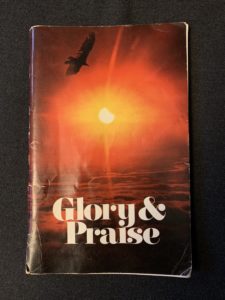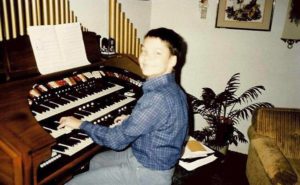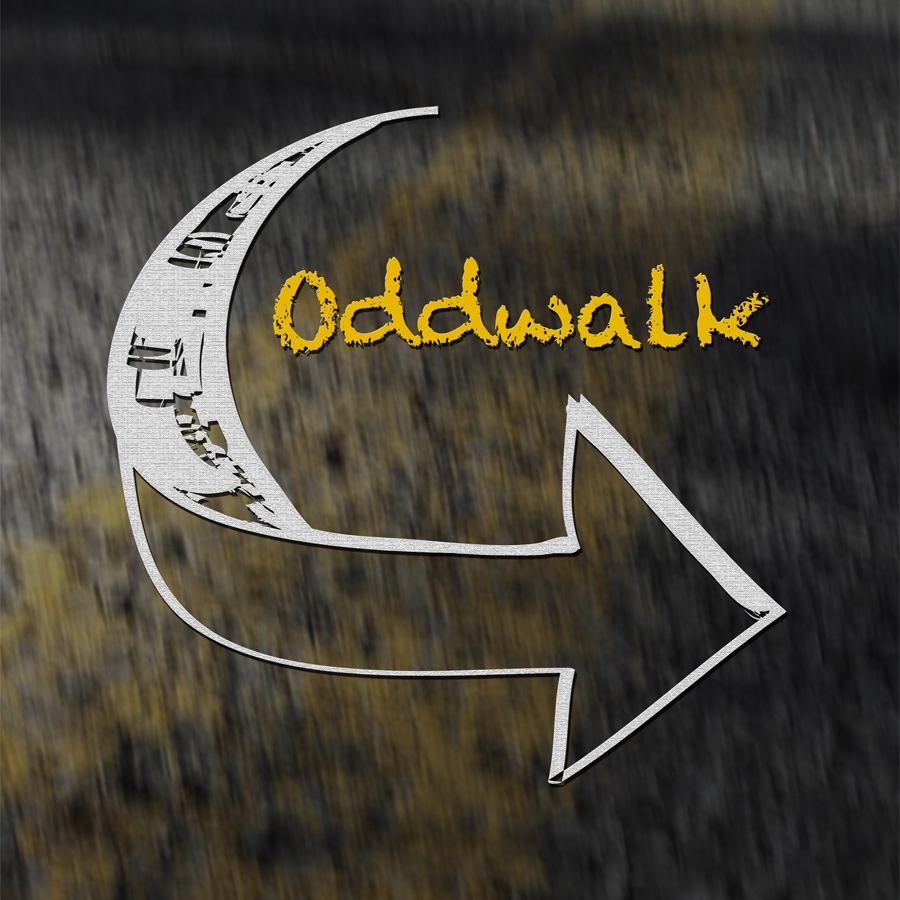 Picture Orin, about 4 years old, sitting in St. Genevieve Church in Lake Benton, MN. It’s a small Catholic Church in a small town, even smaller than Tyler, some 7 miles down the road. The Catholic Churches in the two towns shared a priest, even though it was “only” the late 1970s, and Saturday mass switched back and forth between the two parishes, month by month. Wherever the Saturday night mass was, that’s where you’d find the Johnson family that night.
Picture Orin, about 4 years old, sitting in St. Genevieve Church in Lake Benton, MN. It’s a small Catholic Church in a small town, even smaller than Tyler, some 7 miles down the road. The Catholic Churches in the two towns shared a priest, even though it was “only” the late 1970s, and Saturday mass switched back and forth between the two parishes, month by month. Wherever the Saturday night mass was, that’s where you’d find the Johnson family that night.
A few minutes before mass began, I noticed a new book residing in the holders on the backs of the pews in front of me. Brown and orange — same size as the missalettes they were right next to. I don’t recall the exact conversation, but I know I asked dad what they were, what they were doing there, and he told me that the folks who helped us sing each week decided we needed more music.
Some folks will immediately know I’m speaking of the original Glory & Praise hymnal, packed with songs for liturgy by the St. Louis Jesuits and several other composers of the time. One of my earliest church memories, if not the first, is hoping at mass that we would sing the “long” and “fancy” amen at the end of the eucharistic prayer, the one with the “alleluias” and “forever and evers” in it. Perhaps you know the one.
Growing up in the era of the Church completely post Vatican II, I have no personal familiarity, and therefore no nostalgia, about the pre-concilliar liturgy, and in particular it’s music. I know of the music, I find it, at various times, intensely beautiful, evocative, and perhaps even mystical. Other times I find it poorly performed, not engaging at all of my voice, mind, heart, or spirit, and in fact off-putting to a sacred experience of prayer.
I’m not really in a spot to be a definitive, objective voice that says that one particular type of music is “the best” for worship. I don’t know that anyone is. I do know that liturgical music today is meant, subjectively, to be music that is beautiful, that can carry the weight of the the theological texts it bears, and is meant to engage the assembly, both on our exteriors and interiors.
I do also know that there is such liturgical music from almost every land and every age. My task at the parish where I am a music director – and, one of the only things my pastor-boss has ever explicitly told me to do – is to broaden the sacred musical horizons of the parish in almost every way imaginable. I’ve taken that on at Mass, broadening the repertoire as much as makes sense for the assembly. And we’ve hosted concerts two or three times a year – classical music, Jewish music, liturgical music, men, women, choirs, instrumentalists, rock bands, organists — Even Oddwalk. ;-)
But, no matter from what time or place the appointed liturgical music comes from, that music has to be done well. The musical leadership must be able, to the best of their abilities, approach the task at hand. Music must be performed not like in a concert hall, but with the demands of the liturgy in mind. Some places, I know, who favor pre-concilliar musical styles, resort to paying not only a music director, but also nearly all of the other music ministers, typically singers. Some places, I know, who favor contemporary music, hire in from outside guitar players, bass players, and drummers. Should not, rather, the musical leadership, and even the choice of what music is appropriate for the liturgy of that worshipping community, come from within?
 That’s what the folks in Lake Benton and Tyler MN were doing – most small town churches don’t have monetary resources, only the talents of those already in the community. By grade 5 I was playing the stations of the cross during lent, and by grade 6 I was being mentored into playing mass, a few months later playing on my own, with a small team of cantors there with me. And, I was playing many of those same pieces from the Glory & Praise books, and many other pieces, both newer and older.
That’s what the folks in Lake Benton and Tyler MN were doing – most small town churches don’t have monetary resources, only the talents of those already in the community. By grade 5 I was playing the stations of the cross during lent, and by grade 6 I was being mentored into playing mass, a few months later playing on my own, with a small team of cantors there with me. And, I was playing many of those same pieces from the Glory & Praise books, and many other pieces, both newer and older.
What is sacred music? What ought it to be? There are many Church documents which point the way, and a whole heck of a lot of arguing about it these days, people setting up camp where they feel most at home – chant, folk mass music, Haugen/Joncas, CCM, and other genres. But, sacred music to me is this: beautiful, profound, engaging, and led well. Surely we could all get on board there as a starting point?

1 comment for “What is Sacred Music?”